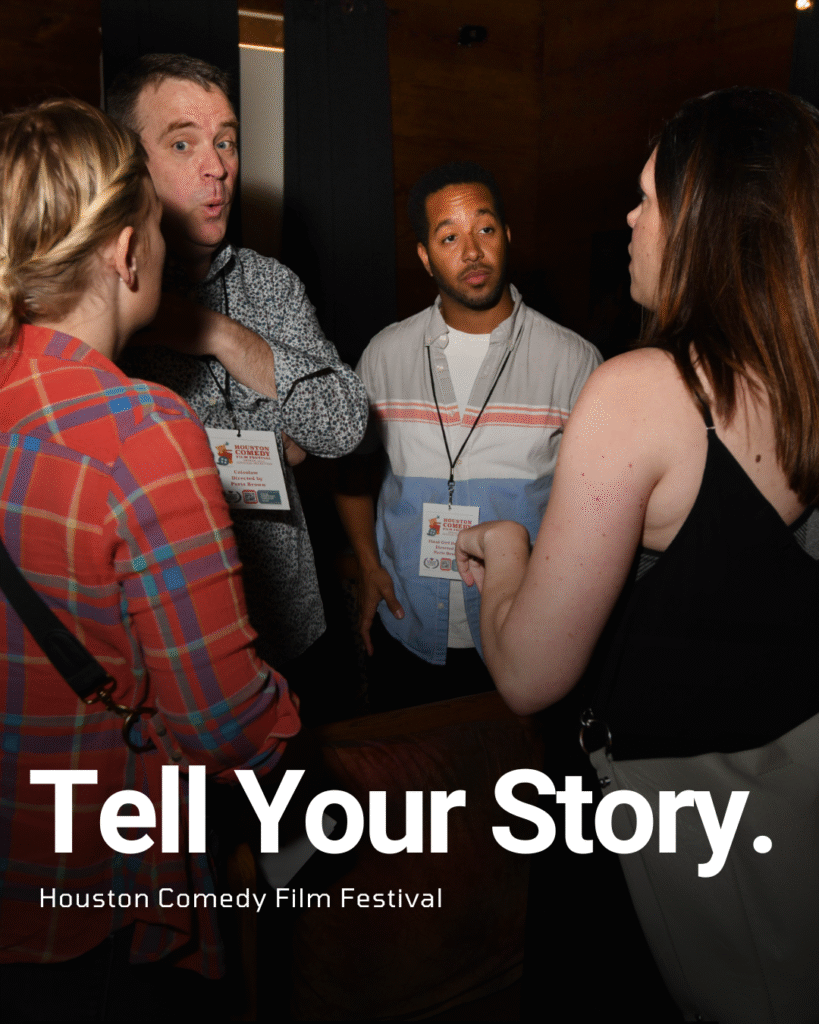Entertainment
Shannon Beador Melts Down at Housewives After “Rat Feeding Frenzy” Over … on August 10, 2023 at 7:13 pm The Hollywood Gossip
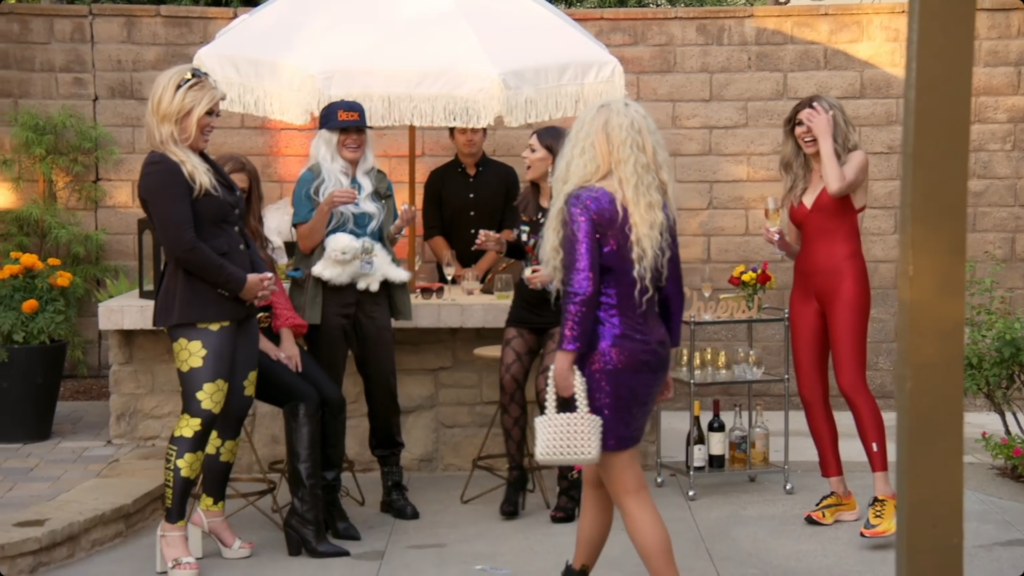
You know how Shannon Beador dressed up as Gina Kirschenheiter? For better or for worse, it was part of a costumed party.
On The Real Housewives of Orange County, this lighthearted get-together took a turn for the serious.
First, Shannon confronted Heather Dubrow over “concerns” about Shannon’s relationship. But this wasn’t really about Heather.
It ended with Shannon having a tearful, yelling meltdown — declaring that she has never been more in love. Despite their “fights that paralyze” her. And a whole lot of other stuff.
Shannon Beador arrives at the You Do Me And I’ll Do You Party, dressed as Gina Kirschenheiter. Sort of. (Bravo)
It all started off so fun and carefree. Mostly.
Okay, Shannon’s decision to dress as Gina’s most busted looks — from when her life was in shambles — was not a tasteful choice.
Some costumes were better. We loved Gina’s (the real Gina’s) booty when she dressed as Emily. Emily falling for real while dressed as Shannon was very on-the-nose.
Vicki Gunvalson makes the most of her “Friend” role, doing a keg stand. (Bravo)
It’s unclear why producers decided to prolong Vicki’s “Friend” role so much this season.
Either way, she used it as an opportunity to show off her keg stand skills.
Like we said, standard pre-drama shenanigans.
It turns out that Heather Dubrow and Tamra Judge have different ideas about what it means to be Heather. (Bravo)
Even the initial “conflicts” were pretty friendly.
Tamra, dressed as Heather, decided to make it a little bawdier than Heather would have.
But there wasn’t real animosity. Not yet, anyway.
Indoors at the You Do Me And I Do You party on RHOC, Emily Simpson and Gina Kirschenheiter compare notes. (Bravo)
But inside, Emily Simpson and Gina Kirschenheiter compared notes.
Shannon has spoken to both of them about her relationship. But she has done this separately. There’s a lot of that going around, and people are starting to notice.
Interestingly, they have different perspectives on Heather’s role in this. Gina sees Heather as just another concerned friend. Emily seems to see her as stirring the pot.
Wearing a frightful wig, Shannon Beador confronts a castmate for allegedly gossiping about her. (Bravo)
As darkness falls, Shannon sits a short distance from the group, chatting with Heather.
She is now under the impression that Heather is spilling the beans of what she’s confided in her.
(Remember, Tamra has led Shannon to believe that people know what they know about her relationship issues from Heather)
Here, Heather Dubrow listens to Shannon Beador’s complaints. (Bravo)
But Heather Dubrow has no interest in taking the blame for this.
One, she resents the implication that she cannot keep a secret.
And second … it’s not a secret. Because Shannon has told a lot of things to a lot of Housewives.
Emily Simpson opines about how one of her castmates likes to share things one-on-one but doesn’t ever want the information to be a topic of discussion. (Bravo)
At the table, Emily makes a similar point.
She knows that Shannon wants to talk with people one-on-one about all of this, but does not want it to become a topic of discussion.
But when everyone knows the same stuff … Emily describes it as a bit “unfair.”
Heather Dubrow makes some solid points about her castmate’s priorities while speaking to the confessional camera during Season 17. (Bravo)
To the confessional camera, Heather observes that Shannon seems to really focus upon who is saying what about her relationship.
Heather would rather see her focus upon the relationship itself.
She sees a lot of problems. And she’s far from alone.
Shannon Beador discusses her (now former) relationship while wearing pink during Season 17. (Bravo)
But, during her own confessional, Shannon cannot stop raving about John Janssen.
She praises his treatment of her and her daughters. According to her, this is the most she’s loved someone, and the best relationship of her life.
Considering everything that we heard later in the episode … that is so profoundly sad.
Shannon Beador and Heather Dubrow face off over who is discussing what about Shannon’s relationship. (Bravo)
Simply put, Heather says, she has voiced concerns.
That’s it.
She’s not spreading information, just her opinions about the relationship as a whole. And the people to whom she’s speaking already know — because Shannon has spoken to them, too.
In hushed whispers, Tamra Judge begins to ask her castmates “Did Heather talk to you?” (Bravo)
Back at the table, Tamra is quietly asking people if Heather has spoken to them.
She’s not being loud. But she’s also not being subtle.
Heather picks up instantly on the whispering that’s going on.
Heather Dubrow and Shannon Beador turn their attentions towards the larger table and the women who are sitting at it. (Bravo)
As Heather asks Tamra what she’s whispering about, the two conversations merge.
Not everyone is on the same page, however.
But the crux of it all is that everyone is talking about Shannon’s relationship. And that’s a nightmare for her.
Not everyone on the RHOC 17 cast sees eye to eye on who is being reasonable here. (Bravo)
As far as Shannon is concerned, this conversation is just a “rat feeding frenzy.”
Speaking frankly, she clearly feels extremely insecure in her relationship.
If her fear is that mere talk about the romance is going to kill it, it’s dying anyway.
“You owe my boyfriend a HUGE f–king apology,” Shannon Beador declares to her castmates. But is she right? (Bravo)
Standing up, a furious Shannon tells everyone — but especially Gina, it seems — “You owe my boyfriend a huge f–king apology.”
For … discussing their relationship?
John Janssen may be a private man, but … that’s not Gina’s fault. Or Heather’s or Tamra’s or Emily’s.
Gina Kirschenheiter points out a clear double standard that her longtime castmate clearly has. (Bravo)
But Gina wants to point out two things.
First, that Shannon has discussed other people’s relationships the entire dang time. She’s being a hypocrite.
And second, that everyone — including Heather — is just expressing their concern. Worrying is just that.
“I’ve never been more in love,” Shannon Beador loudly and angrily declares to her castmates on RHOC 17. (Bravo)
Shannon Beador makes her dramatic exit from the outdoor dining area, while Taylor Armstrong doesn’t know what to make of it. Vicki Gunvalson seemed to want to stay out of it for the moment. (Bravo)
At this point, Shannon has had enough.
She just about crab-walks away as she grows increasingly irate.
And friends like Emily and Tamra following her to try to console her doesn’t help.
“This is my LIFE,” Shannon Beador furiously hisses up at Emily Simpson. (Bravo)
The veins and tendons showing on her neck, Shannon hisses that “this is my LIFE!”
Emily is trying to console and reassure her.
But it’s just not working.
Heather Dubrow asks why her castmate, Emily Simpson, seems to have it out for her. (Bravo)
Given that she’s not exactly masterminding a takedown, Heather asks why this is all about her.
When Tamra confronts Heather, believing that Heather is blaming Tamra, Heather tells her that it’s untrue.
As a rewind illustrates, Heather simply told Shannon that “all of these girls” were discussing her relationship. Which is true. Heather didn’t single out Tamra.
Emily Simpson needed to remind Shannon Beador that they have spoken about certain topics more than the latter seems to remember. (Bravo)
Shannon seems to think that she has only spoken to Emily about her relationship issues once, years ago.
No, baby.
Emily tells her that they have had many conversations about John. Emily has heard more than enough directly from Shannon.
Emily Simpson summarizes her castmate’s relationship issue: he’s not invested, and she can do better. (Bravo)
To the confessional camera, at first, Emily just shares that John doesn’t seem fully invested and that Shannon can do better.
Heather gets more specific, noting many things — like that he’s apparently never stayed over — as red flags.
And later, Emily tells the camera that John has insulted Shannon, calling her “fat” as an insult. Dealbreaker stuff that Shannon has seemingly chosen to ignore.
According to Shannon Beador, the fact that her relationship is a topic of discussion on RHOC means that it will end. (Bravo)
At this point, Shannon is completely losing it.
Emily cannot calm her. Vicki cannot calm her.
She’s admonishing castmates and producers alike that none of this can be the on-screen topic of discussion. (Girl, then don’t have a meltdown about it)
Outside, Shannon Beador whirls around and asks producers to stop following her, on the grounds that she is not “a crazy person.” (Bravo)
But Shannon doesn’t think that she’s having a meltdown.
Insisting that she’s “not a crazy person,” Shannon tells anyone who will listen that she and John simply have “normal fights.”
No. They are not normal or healthy, by the sound of it.
As Vicki Gunvalson and Tamra Judge listen with concern, Shannon Beador says that she has “normal fights” with her boyfriend “that paralyze” her. She has said this more than once. (Bravo)
Inside, Emily and Heather talk things out a little. And Gina comes to mediate.
They again talk about how Shannon worries that John will leave her when hears about any of this.
That’s not necessarily a bad thing. As Emily said, Shannon deserves better.
Shannon Beador Melts Down at Housewives After “Rat Feeding Frenzy” Over … was originally published on The Hollywood Gossip.
You know how Shannon Beador dressed up as Gina Kirschenheiter? For better or for worse, it was part of a …
Shannon Beador Melts Down at Housewives After “Rat Feeding Frenzy” Over … was originally published on The Hollywood Gossip.
The Hollywood Gossip Read More
Entertainment
Jennifer Lopez’s Ex Fires Back: “You Are the Problem”

Ojani Noa Accuses J.Lo of Cheating After “Never Been Loved” Comments
Jennifer Lopez is once again at the center of a media storm — but this time, it’s her first husband, Ojani Noa, turning up the heat. Following Lopez’s recent Howard Stern Show interview, in which she claimed she has “never been truly loved” by any of her exes, Noa has publicly accused the superstar of cheating and playing the victim.
In the viral Instagram post that has now spread across major outlets like TMZ and New York Post, Noa didn’t hold back.
“Stop putting us down. Stop putting me down with your victim card,” he wrote. “The problem is not us. Not me. The problem is you. You’re the one who couldn’t keep it in your pants.”
“You Chose Fame and Lies Over Love”
Noa and Lopez were married briefly from 1997 to 1998, before her rise to Hollywood superstardom. In his explosive statement, he accused her of being unfaithful during their marriage, claiming she prioritized fame over their relationship.
“You have been loved a few times. You’ve been married four times. And have had countless relationships in between,” Noa continued. “You decided to lie, to cheat on me. You begged me to keep the marriage intact to avoid bad press.”
Noa described himself as “faithful, honest, and loving,” saying he uprooted his life and career to support Lopez at the beginning of her entertainment journey. “I left my family, my friends, everything behind for you,” he wrote, “but once fame came calling, you left me behind.”
Lopez Silent Amid Growing Backlash
As of now, Jennifer Lopez has not publicly responded to Noa’s allegations. During her Howard Stern interview, the singer and actress claimed her former partners “weren’t capable” of loving her, saying, “It’s not that I’m not lovable… it’s that they’re not capable.”
Her remarks were widely interpreted as referencing all of her ex-husbands — including Marc Anthony, Cris Judd, and Ben Affleck — but it was Noa who reacted first and most forcefully. His comments have ignited widespread debate online, with many questioning whether Lopez’s honesty came at the expense of others’ reputations.
Public Response and Media Fallout
The online reaction has been intense, with social media users split between defending Lopez’s right to share her truth and blasting her for allegedly rewriting history. Meanwhile, entertainment analysts note that the controversy adds to an increasingly turbulent year for the singer, following canceled tours, underperforming films, and ongoing scrutiny over her marriage to Affleck.
This latest backlash has also reignited conversations about Lopez’s highly publicized romantic history. As tabloids and fans speculate whether more exes might respond, the situation underscores an old truth in celebrity culture — that every candid confession comes with consequences.
For now, Jennifer Lopez remains silent. But in the court of public opinion, the debate about who’s really at fault in her love story is only just beginning.
Entertainment
Selling Your Soul in Hollywood: The Hidden Cost of Fame
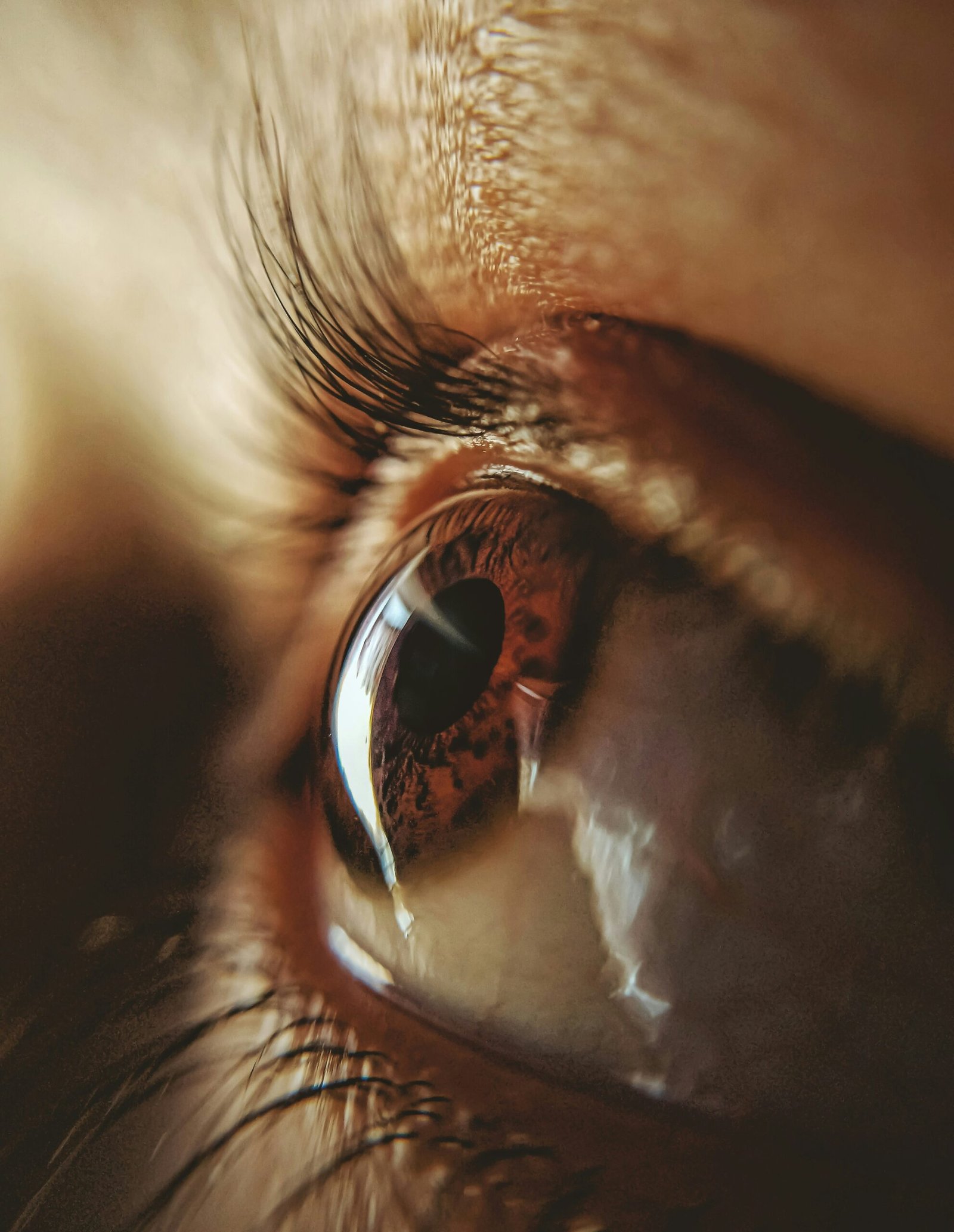
By all appearances, Hollywood is a dream factory — a place where charisma, talent, and luck collide to create stars. But behind the camera lights and red carpets lies a conversation few inside the industry speak openly about: the spiritual and moral price of ambition.
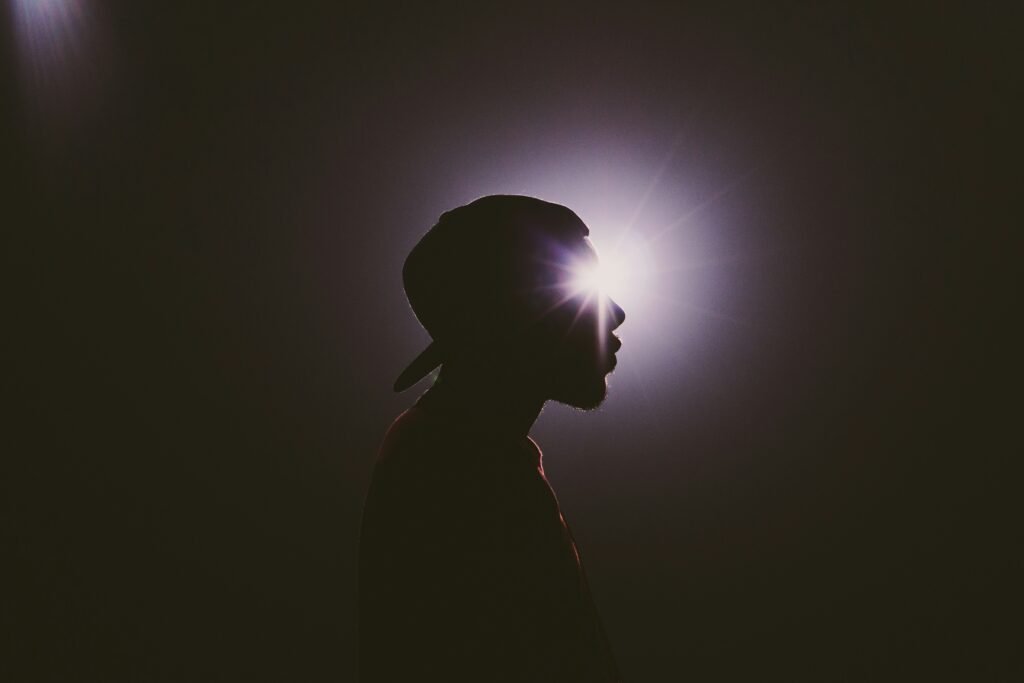
For actor Omar Gooding, the idea of “selling your soul” in Hollywood isn’t a metaphor — it’s a moral process that begins with tiny compromises. In an October 2025 interview, Gooding explained that no one in Hollywood makes a literal deal with the devil. Instead, it’s the quiet yeses, the moments when comfort overrides conviction, that mark the beginning of the trade. “They don’t say, ‘Take this or you’ll never make it,’” he said. “They just put it in front of you. You choose.”
Those choices, he argues, create a pattern. Once you show that you’ll accept something you once resisted, the industry notices. “Hollywood knows who it can get away with what,” Gooding said. “One thing always leads to another.” The phrase “selling your soul,” in this context, means losing your say — doing what you’re told rather than what you believe in.
That moral tension has long shadowed the arts. Comedians like Dave Chappelle, who famously walked away from millions to preserve his creative integrity, often serve as examples of where conviction and career collide. In resurfaced interviews, Chappelle hinted that he felt manipulated and silenced by powerful figures who sought control of his narrative, warning that “they’re trying to convince me I’m insane.”
This isn’t just about conspiracy — it’s about agency. Hollywood runs on perception. Performers are rewarded for being agreeable, moldable, entertaining. Those who question the machine or refuse the script risk exile, while those who conform are elevated — sometimes beyond what they can handle.
“We see the ‘collections’ all the time,” Gooding explained. “When the bill comes due, you can tell. They made that deal long ago.”
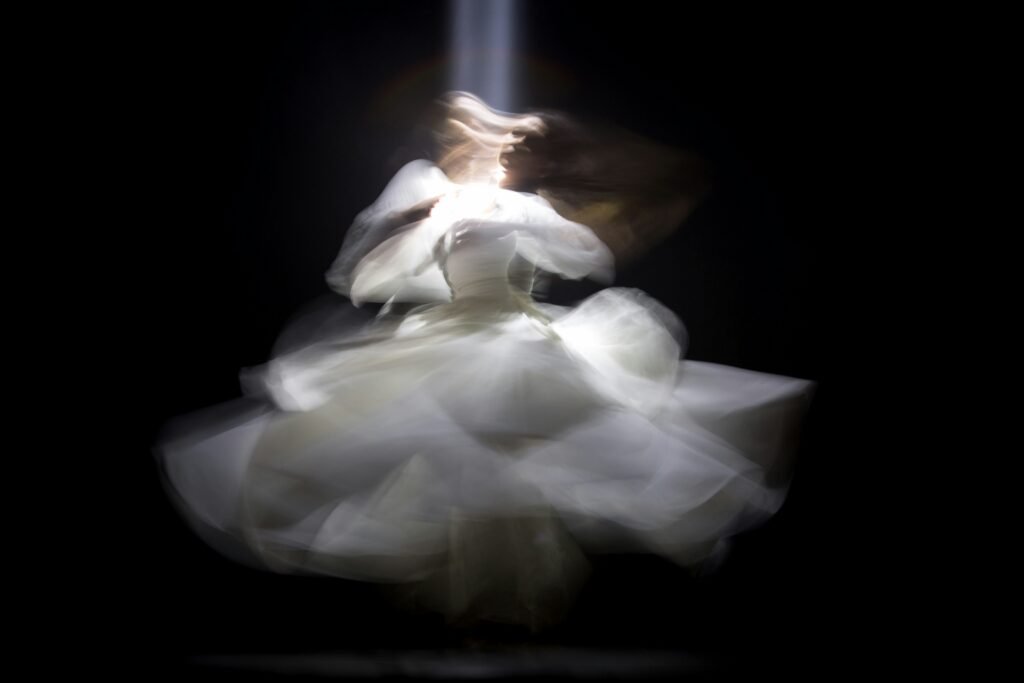
But the story doesn’t end in darkness. Gooding also emphasizes that in today’s entertainment landscape, artists have more control than ever. With streaming, social media, and creator‑driven platforms, performers don’t have to “play the game” to be seen. Independent creators can build their own stages, speak their own truths, and reach millions without trading authenticity for access.
Still, the temptation remains — recognition, validation, quick success. And every generation of artists must answer the same question: What are you willing to do for fame?
As Gooding put it, “You just make the best choices you can. Because once it’s gone — your name, your peace, your soul — there’s no buying it back.”
Entertainment
California Bans AI Clones from Replacing Real Talent

California just made a dramatic stand for human creativity, defeating the threat of AI actor clones with a sweeping new law that puts people—not algorithms—back in the Hollywood spotlight. With the stroke of Governor Gavin Newsom’s pen in October 2025, the state has sent a clear message to studios, tech companies, and the world: entertainment’s heart belongs to those who create and perform, not to digital facsimiles.
California Draws a Hard Line: No More AI Clones
For months, the entertainment industry has been divided over the use of artificial intelligence in filmmaking. Studios, lured by promises of cost-cutting and creative flexibility, have invested in software that can mimic an actor’s face, voice, and even emotional range. But for performers, this wave of synthetic reproduction has triggered alarm—encouraged by chilling stories of deepfakes, unauthorized digital doubles, and contracts that let studios reuse a star’s likeness indefinitely, sometimes without pay or approval.
The new California law, anchored by AB 2602 and AB 1836, changes everything:
- Every contract must explicitly detail how studios can use digital replicas or voice models, preventing once-common “blank check” agreements that overlooked this risk.
- No one—not studios nor streaming giants—can create or release AI-generated clones of an actor, living or dead, without clear, written consent from the performer or their estate.
- The law gives families new powers to defend loved ones from posthumous deepfake exploitation, closing painful loopholes that once let virtual versions of late icons appear in new ads, films, or games.
Actors Celebrate a Major Victory
The legislation rides the momentum of the recent SAG-AFTRA strike, where real-life talent demanded control over their own digital destinies. Leaders say these protections will empower artists to negotiate fair contracts and refuse participation in projects that cross ethical lines, restoring dignity and choice in an industry threatened by silent algorithms.
Stars, unions, and advocacy groups are hailing the law as the most robust defense yet against unwanted AI replications.
As one actor put it, “This isn’t just about money—it’s about identity, legacy, and respect for real artists in a synthetic age.”
A New Chapter for the Entertainment Industry
California’s move isn’t just a victory for local talent—it’s a warning shot to studios everywhere. Companies will now be forced to rethink production pipelines, consult legal counsel, and obtain proper clearance before digitally cloning anyone. Global entertainment platforms and tech developers will need to comply if they want to do business in the world’s entertainment capital.

These laws also set a template likely to ripple through other creative fields, from musicians whose voices can be synthesized to writers whose work could be mimicked by generative AI. For now, California performers finally have a powerful shield, ready to fight for the right to shape their own public image.
Conclusion: Human Talent Takes Center Stage
With its no-nonsense ban on AI actor clones, California draws a bold line, championing the work, likeness, and very humanity of its creative stars. It’s a landmark step that forces the entertainment industry to choose: respect real talent, or face real consequences. The age of the consentless digital double is over—human performers remain the true source of Hollywood magic.

 Business4 weeks ago
Business4 weeks agoDisney Loses $3.87 Billion as Subscription Cancellations Surge After Kimmel Suspension

 Entertainment4 weeks ago
Entertainment4 weeks agoWhat the Deletion Frenzy Reveals in the David and Celeste Tragedy

 Entertainment4 weeks ago
Entertainment4 weeks agoExecutive Producer Debut: How Celia Carver Created Festival Hit ‘Afterparty’

 Health4 weeks ago
Health4 weeks agoRussia Claims 100% Success With New mRNA Cancer Vaccine

 Business3 weeks ago
Business3 weeks agoWhy Are Influencers Getting $7K to Post About Israel?

 Health4 weeks ago
Health4 weeks agoWhy Did Gen Z QUIT Drinking Alcohol?

 Advice4 weeks ago
Advice4 weeks agoHow AI Is Forcing Everyone Into the Entrepreneur Game

 Entertainment3 weeks ago
Entertainment3 weeks agoKeith Urban and Nicole Kidman Split After 20 Years as Actress Files for Divorce



